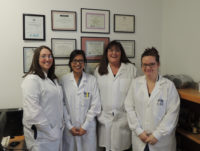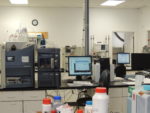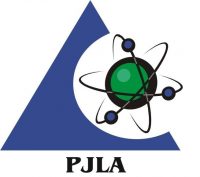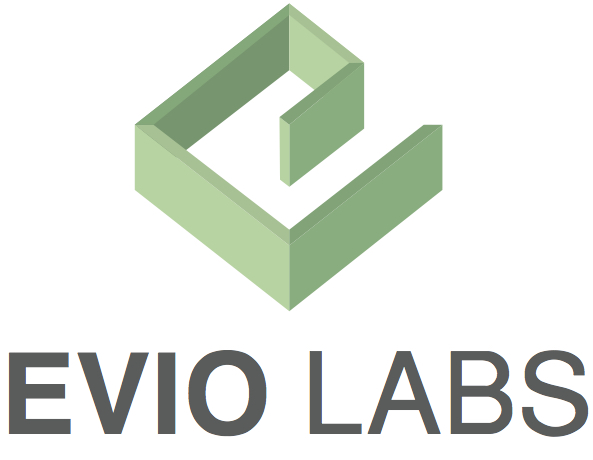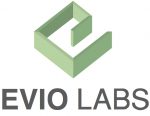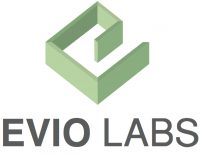Editor’s Note: The views expressed in this article are the author’s opinions based on his experience working in the laboratory industry. This is an opinion piece in a series of articles designed to highlight the potential problems that clients may run into with labs.
In the last two articles, I discussed the laboratory’s first line of defense (e.g. certification or accreditation) paperwork wall used if a grower, processor or dispensary (user/client) questioned a laboratory result and the conflicts of interest that exist in laboratory culture. Now I will discuss the second line of defense that a laboratory will present to the user in the paperwork wall: Quality Control (QC) results.
Do not be discouraged by the analytical jargon of the next few articles. I suggest that you go immediately to the conclusions to get the meat of this article and then read the rest of it to set you on the path to see the forest for the trees.
QC in a laboratory consists of a series of samples run by the laboratory to determine the accuracy and precision of a specific batch of samples. So, to start off, let’s look at the definitions of accuracy and precision.QC Charts can provide a detailed overview of laboratory performance in a well-run laboratory.
According to the Standard Methods for the Examination of Water and Wastewater:
Accuracy: estimate of how close a measured value is to the true value; includes expressions for bias and precision.
Precision: a measure of the degree of agreement among replicate analyses of a sample.
A reputable laboratory will measure the Accuracy and Precision of QC samples in a batch of user samples and record these values in both the analytical test report issued to the user and in control charts kept by the laboratory. These control charts can be reviewed by the user if they are requested by the user. These control charts record:
Accuracy (means) chart: The accuracy chart for QC samples (e.g., LRB, CCV, LFBs, LFMs, and surrogates) is constructed from the average and standard deviation of a specified number of measurements of the analyte of interest.
Precision (range) chart: The precision chart also is constructed from the average and standard deviation of a specified number of measurements (e.g., %RSD or RPD) for replicate of duplicate analyses of the analyte of interest.
Now, let’s look at what should be run in a sample batch for cannabis analyses. The typical cannabis sample would have analyses for cannabinoids, terpenes, microbiological, organic compounds, pesticides and heavy metals.
Each compound listed above would require a specific validated analytical method for the type of matrix being analyzed. Examples of specific matrixes are:
- Cannabis buds, leaves, oil
- Edibles, such as Chocolates, Baked Goods, Gummies, Candies and Lozenges, etc.
- Vaping liquids
- Tinctures
- Topicals, such as lotions, creams, etc.
Running QC analyses does not guarantee that the user’s specific sample in the batch was analyzed correctly.
Also, both ISO 17025-2005 and ISO 17025-2017 require the use of a validated method.
ISO 17025-2005: When it is necessary to use methods not covered by standard methods, these shall be subject to agreement with the customer and shall include a clear specification of the customer’s requirements and the purpose of the test and/or calibration. The method developed shall have been validated appropriately before use.
ISO 17025-2017: The laboratory shall validate non-standard methods, laboratory-developed methods and standard methods used outside their intended scope or otherwise modified. The validation shall be as extensive as is necessary to meet the needs of the given application or field of application.
Validation procedures can be found in a diverse number of analytical chemistry associations (such as AOACand ASTM) but the State of California has directed users and laboratories to the FDA manual “Guidelines for the Validation of Chemical Methods for the FDA FVM Program, 2nd Edition, 2015”
The laboratory must have on file for user review the following minimum results in an analytical statistical report validating their method:
- accuracy,
- limit of quantitation,
- ruggedness,
- precision,The user must look beyond the QC data provided in their analytical report or laboratory control charts.
- linearity (or other calibration model),
- confirmation of identity
- selectivity,
- range,
- spike recovery.
- limit of detection,
- measurement uncertainty,
The interpretation of an analytical statistical report will be discussed in detail in the next article. Once the validated method has been selected for the specific matrix, then a sample batch is prepared for analysis.
Sample Batch: A sample batch is defined as a minimum of one (1) to a maximum of twenty (20) analytical samples run during a normal analyst’s daily shift. A LRB, LFB, LFM, LFMD, and CCV will be run with each sample batch. Failure of any QC sample in sample batch will require a corrective action and may require the sample batch to be reanalyzed. The definitions of the specific QC samples are described later.
The typical sample batch would be set as:
- Instrument Start Up
- Calibration zero
- Calibration Standards, Quadratic
- LRB
- LFB
- Sample used for LFM/LFMD
- LFM
- LFMD
- Samples (First half of batch)
- CCV
- Samples (Second half of batch)
- CCV
The QC samples are defined as:
Calibration Blank: A volume of reagent water acidified with the same acid matrix as in the calibration standards. The calibration blank is a zero standard and is used to calibrate the ammonia analyzer
Continuing Calibration Verification (CCV): A calibration standard, which is analyzed periodically to verify the accuracy of the existing calibration for those analytes.
Calibration Standard: A solution prepared from the dilution of stock standard solutions. These solutions are used to calibrate the instrument response with respect to analyte concentration
Laboratory Fortified Blank (LFB): An aliquot of reagent water or other blank matrix to which known quantities of the method analytes and all the preservation compounds are added. The LFB is processed and analyzed exactly like a sample, and its purpose is to determine whether the methodology is in control, and whether the laboratory is capable of making accurate and precise measurements.
Laboratory Fortified Sample Matrix/Duplicate (LFM/LFMD) also called Matrix Spike/Matrix Spike Duplicate (MS/MSD): An aliquot of an environmental sample to which known quantities of ammonia is added in the laboratory. The LFM is analyzed exactly like a sample, and its purpose is to determine whether the sample matrix contributes bias to the analytical results. The background concentrations of the analytes in the sample matrix must be determined in a separate aliquot and the measured values in the LFM corrected for background concentrations (Section 9.1.3).Laboratories must validate their methods.
Laboratory Reagent Blank (LRB): A volume of reagent water or other blank matrix that is processed exactly as a sample including exposure to all glassware, equipment, solvents and reagents, sample preservatives, surrogates and internal standards that are used in the extraction and analysis batches. The LRB is used to determine if the method analytes or other interferences are present in the laboratory environment, the reagents, or the apparatus.
Once a sample batch is completed, then some of the QC results are provided in the user’s analytical report and all of the QC results should be recorded in the control charts identified in the accuracy and precision section above.
But having created a batch and performing QC sample analyses, the validity of the user’s analytical results is still not guaranteed. Key conclusion points to consider are:
- Laboratories must validate their methods.
- Running QC analyses does not guarantee that the user’s specific sample in the batch was analyzed correctly.
- QC Charts can provide a detailed overview of laboratory performance in a well-run laboratory.
The user must look beyond the QC data provided in their analytical report or laboratory control charts. Areas to look at will be covered in the next few articles in this series.
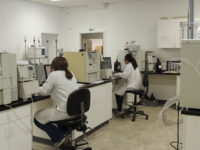 According to a PJLA client spotlight, MML is a female-owned business with two generations of family-run business experience. Before they took the plunge into medical cannabis testing, MML started out testing in public water systems in Montana. They have since expanded their regimen of testing services to offer a host of other services, but most recently adding compliance testing for medical cannabis and cannabis related products.
According to a PJLA client spotlight, MML is a female-owned business with two generations of family-run business experience. Before they took the plunge into medical cannabis testing, MML started out testing in public water systems in Montana. They have since expanded their regimen of testing services to offer a host of other services, but most recently adding compliance testing for medical cannabis and cannabis related products.